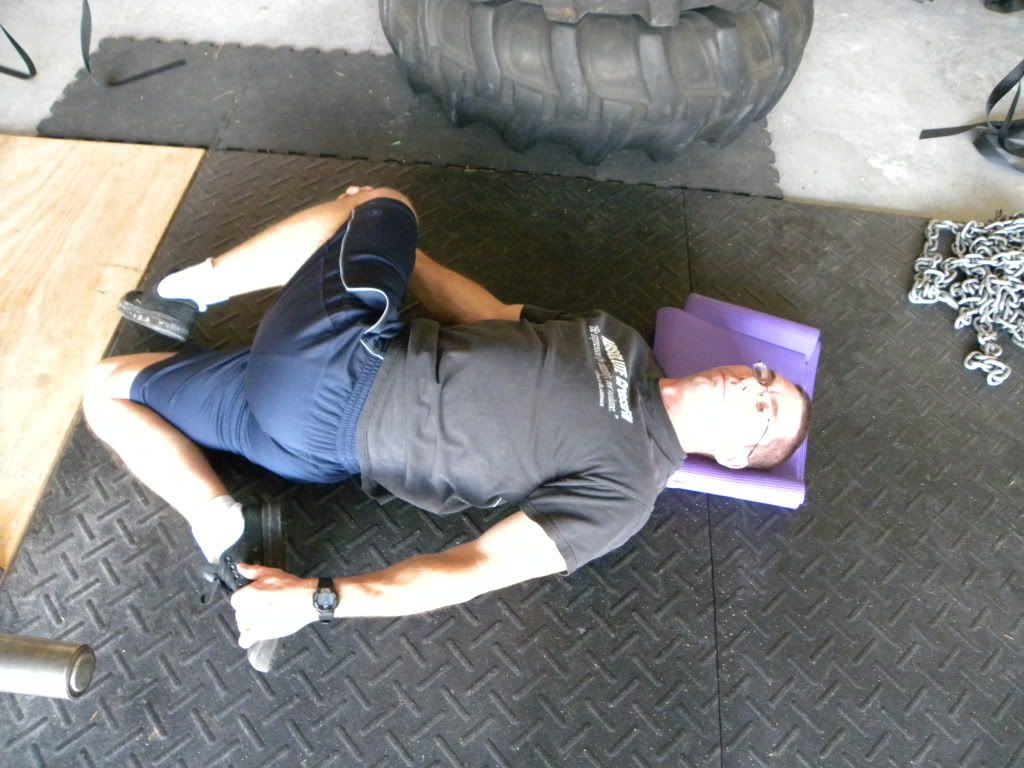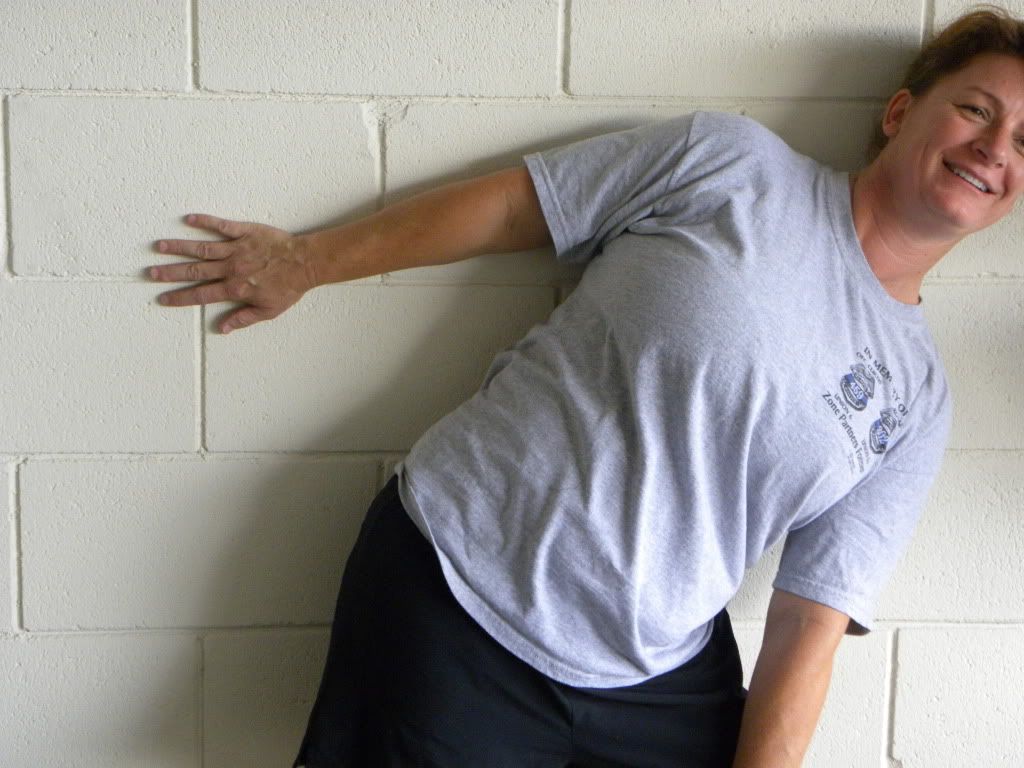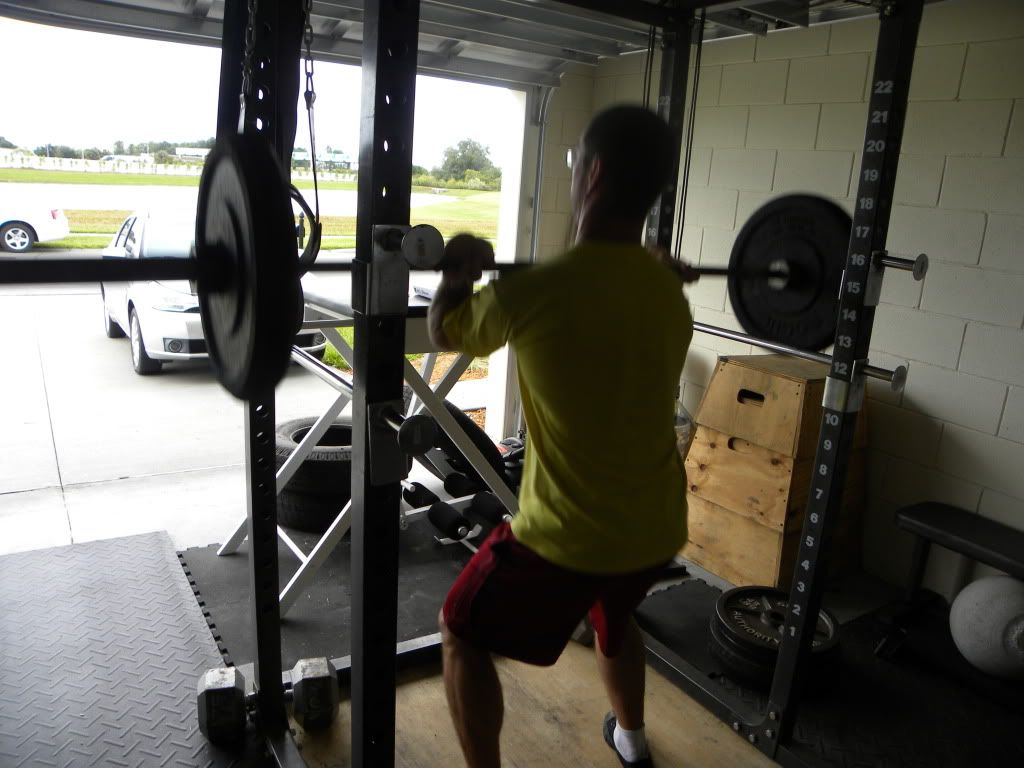After studying athletes from the youth ranks through the professional ranks and walking through many malls and mass people depots throughout the United States, there are several commonalities which exist:
1. People have very poor posture.
2. People are unaware that they have bad posture, which contributes to daily pain and breakdown over time.
The above have been the driving forces behind our programming for a number of years. Understanding the relationship between posture and injuries has led us to many advances in corrective protocols. It has also helped us understand how sometimes the core exercises, such as squats, deadlifts, and bench presses, might have more negative effects than positive ones in certain situations and that at times our training and field research have actually hurt our athletes.
The analysis of posture; shoulder, head, pelvic, and foot positioning; torso length; and body sway have given us tremendous insight into the bodies of our athletes and clients. The ability to understand the underlying cause of the above will allow us to resolve daily pain caused by negative stress, which leads to poor joint functioning and negative movement patterns.
Read the rest of this article here

The Brettzel for thoracic mobility

Go to our Photobucket to see Michelle's mobility improve

Dead Stop Front Squats
Side Presses
Deadlift 3x5
3 Rounds
Snow Sled
Waiter's Walk
No comments:
Post a Comment